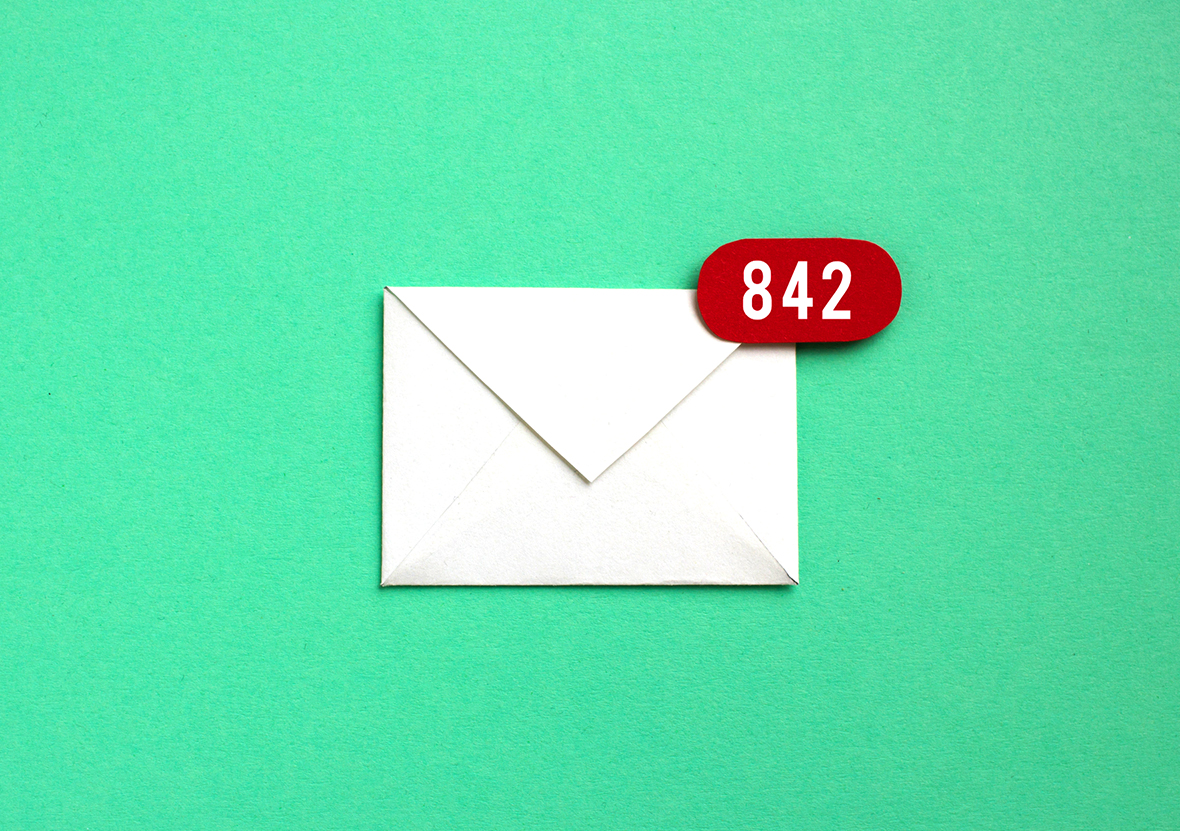You’re spending a third of your workweek answering emails. Here’s the better way.
By TalentQ Editors
Incessant inbox monitoring is an obvious, giant time suck. A McKinsey analysis shows email takes up 28 percent of the average professional’s workweek. But email itself isn’t the problem—it’s how we use it that needs a huge overhaul. Steal these research-backed tips to make your most indispensable (and maddening) work tool a little more manageable.
1. Don’t Just Read, React
Reading the same email multiple times—and repeatedly putting off action—gets you nowhere, say email experts at London’s Kingston Business School. Yet you probably still practice this form of procrastination. If you’ve taken the time to read an email, take the time to act on it, stat.
2. ‘Send’ Now, Deliver Later
All email programs have functionality (or available add-ons) that let you choose when your note will be delivered. Take advantage of them, the Kingston researchers advise. Maybe you’re working after hours and you don’t want your team to feel burdened by your late-night missives. In that case, scheduled delivery allows you to offload these tasks and move on to others without reminders.
3. Press Pause
After reading an important email, consider its content for a few seconds. Research on recall shows your brain needs super-quick zone-out breaks to consolidate and store new pieces of information. This respite also helps your mind synthesize and draw meaning from what you’ve learned.
4. Check Messages in Chunks
Nothing kills your workday faster than checking your email every few minutes. You simply can’t stay focused and on task if you keep opening up Outlook at that clip, argues Georgetown computer science professor Cal Newport. His solution: Consolidate your inbox checks. Depending on your workflow, you can probably get by reading your mail just once an hour.
5. Stick with “Hi” or “Hey”
These two greetings get the highest response rates from recipients, per a Quartz analysis. While “Dear” is still appropriate in formal contexts—like if you’re emailing a prospective employer—“Hi” and “Hey” are more effective elsewhere. The analysis shows that “Hey” is a little more casual, and so maybe better for emailing your colleagues. “Hi,” meanwhile, is ideal for informal emails to people you don’t know personally.
6. Forget Inbox Zero
Email experts say the goal of reading and deleting every message, every day is a colossal waste of your time and energy. The computer industry consultant Geoffrey James has said that email-based information is just like every other piece of data that floats your way during the day: You don’t take time to stop and consider each advertisement you pass on the street on your way to work. That would be insane. So is sorting all the stuff flooding your inbox. Kill what’s necessary and ignore the rest.


